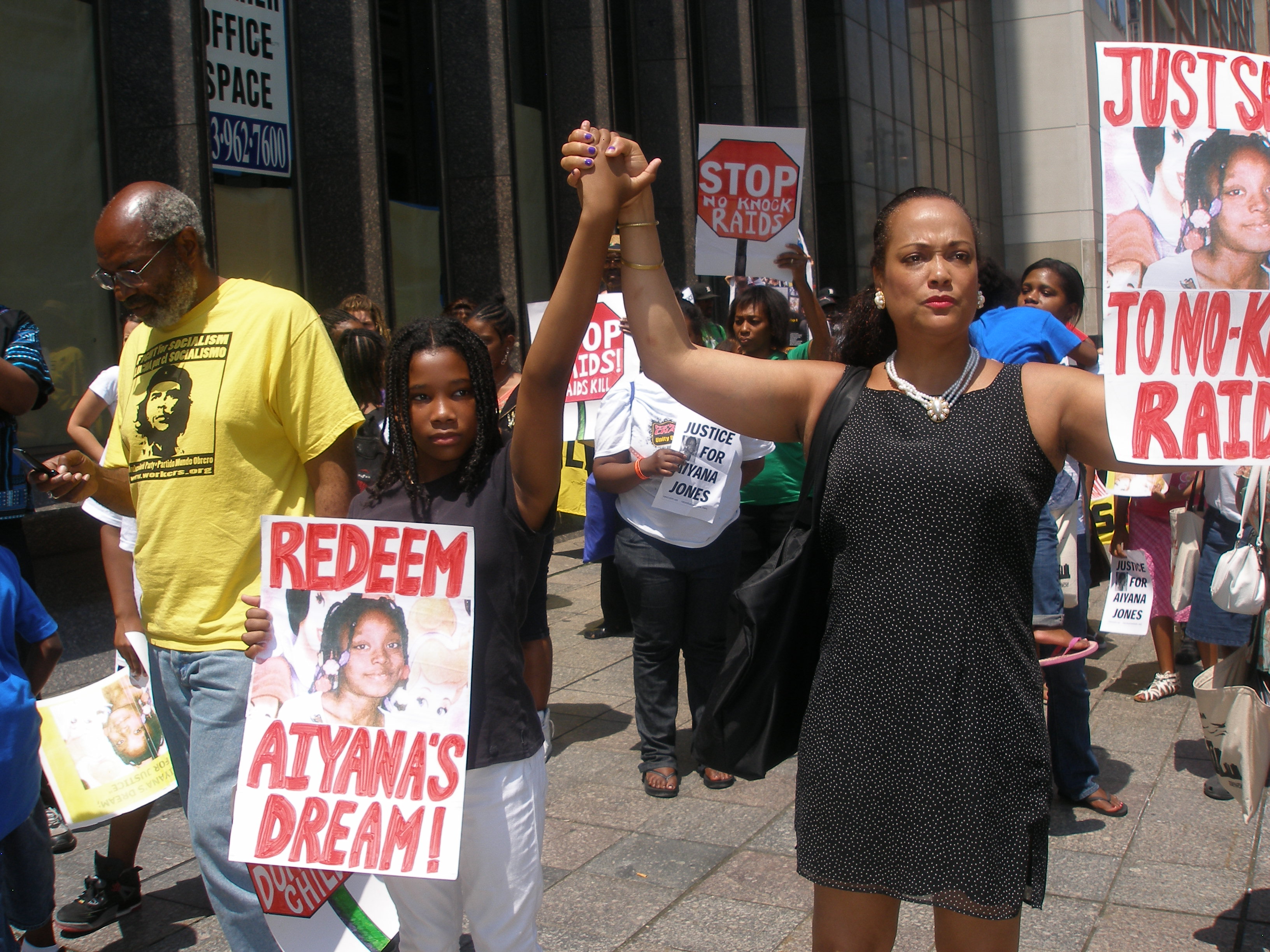
“It is time the stone made an effort to flower”
It’s two years already since the earth in Haiti burst open, and a world collapsed. That moment of rift is unspeakable and absolute. It does not allow for discovery or discussion. This is not about the event of January 12, 2010. This is about what follows.
What follows, what has followed, is called re-construction, but it’s an inapt term. There is no re-construction. There is construction anew.
For two years, now, people of Haiti, in the thousands, have been living in `camps’, in `informal settlements’ and `precarious circumstances’. In unacceptable, degrading conditions. For women, like Therese Charlemagne, it’s `simple’: “This place is ours, it’s our land. I didn’t buy this land. I built on it; I have a job. What else could I want? A house. A home.”
It’s simple … isn’t it?
Build houses. Clear the rubble. Clear the camps. Too often, clearing the camps has meant treating the residents as if they were the rubble. The Haitian government and the international funders and agencies that support it have consistently refused to enter into real consultation with the `camp dwellers’.
They have particularly refused to talk with the women and the girls.
The women and the girls in the camps in Haiti describe a culture of sexual violence. Rape is rampant, as are all forms of violence against women. The camps present row after row of despair.
But that is only half of the story. It is the half that concentrates only on the absence of homes, only on the presence of violence, only on the despair.
People in despair do not march, do not protest, do not organize. Organizing comes from hope. Women know this.
Women like Colette Lespinasse, director of Le Groupe d’Appui aux Rapatriés et Réfugiés, or Support Group for Repatriates and Refugees, know that building housing must mean building community. To build houses without deep and extended discussions with the people who will live in them is to deprive the future residents of homes. They get roofs, walls, floors … but they don’t get homes.
The women who are organizing in the camps, organizing against sexual violence, women like Jocie Philistin and Earamithe Delva, the women of KOFAVIV, Komisyon Fanm Viktim pou Viktim, the Commission of Women Victims for Victims, live that lesson out every second of every day. Ending violence against women must mean building community, communities of women and girls first, then larger and larger communities. It must.
Camp residents are described as`frustrated’. Although they certainly live with frustration, they are, more importantly, women, children, men, who are working, organizing, building a world, building homes and communities, building cultures and a culture to be cherished.
As Michaëlle Jean noted today, January 12, 2012 it’s two years already, it’s already two years. It is time.
“It is time the stone made an effort to flower.”
More than fifty years ago, Paul Celan wrote those words out of his experience of and experiences in the German death camps:
“It is time the stone made an effort to flower.
time unrest had a beating heart.
It is time it were time.”
It is time.
It is time `reconstruction’ took on the beating heart.
In her poem “Stones don’t bleed,” Michèle Voltaire Marcelin transports and translates Celan to Haiti:
“It is time the stone made an effort to flower
said Celan
It is time it bled red I say
And love
And love
And love
flowed out of its wound
for ever and ever
Amen …”
It is time to understand that the women struggling for houses are organizing communities and entire worlds. It is time to understand that the women organizing to end violence against women and girls are organizing peace, are organizing love.
It is time for houses, and it is time for roses. It is time to be guided by a song of hope, the song that Haitian mothers have sung to their daughters, the song that Haitian mothers sing to their daughters today.
(Photo Credit: Flickr.com)
